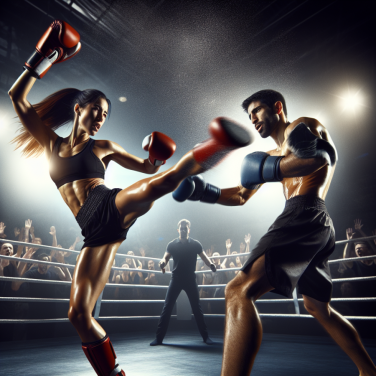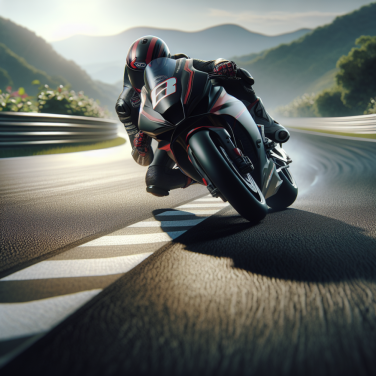Understanding Slap Shots: The Dynamics of Ice Hockey's Powerful Strikes
Understanding slap shots in ice hockey requires an exploration of the physics and technique behind one of the fastest and most powerful shots in the sport. A slap shot is a process that combines strength, timing, and precision to achieve a puck speed that can often exceed 100 miles per hour.
The slap shot sequence begins with the player winding up, drawing the stick back almost parallel to the ice, often well above the waist. The player must position their body with knees bent and feet shoulder-width apart to maximize stability and power. The wind-up is crucial as it builds potential energy in the stick, transforming it into a loaded spring.
As the stick is brought forward, the player leans into the shot, driving the blade of the stick to strike the ice a few inches behind the puck. This is where the dynamics of the slap shot truly come into play. The stick's contact with the ice before hitting the puck allows it to flex, storing additional elastic potential energy. As the stick finally makes contact with the puck, all the stored energy releases, transferring kinetic energy to the puck and sending it off at high speeds towards the goal.
The follow-through of the shot is equally important. A proper follow-through guides the direction of the puck and aids in lifting it off the ice. The position of the bottom hand, the angle of the stick blade, and the orientation of the top hand all help control accuracy and trajectory.
To master a slap shot, players must practice the motion to improve their muscle memory, ensuring that each component of the shot—from the wind-up to the follow-through—is executed seamlessly. Shot placement is also integral; shooting low creates rebound opportunities for teammates, while shooting high can challenge the goaltender's glove side or blocker side, depending on the situation.
Understanding the slap shot is also essential for defensemen and goalies. Defensemen must anticipate the shot, position themselves to block, and be able to read the shooter's body language. Goalies need exceptional reflexes and positioning to predict the puck's path and prepare for the high-velocity impact.
The slap shot stands as a testimony to the blend of raw power, physical dexterity, and scientific principles at play in ice hockey. This fascinating interplay makes the slap shot not just a fundamental skill for players to master but also an electrifying moment to witness during a game.
Read also:
Mastering the Art of Archery: Techniques and Training Tips"
Exploring Penalty Rules: Navigating the Consequences of Fouls in Ice Hockey
Penalty rules in ice hockey serve as a critical part of the game, designed to maintain fair play, ensure player safety, and uphold the integrity of the sport. At every level, from youth leagues to the professional ranks, understanding these rules is key for players, coaches, officials, and fans alike.
**Minor Penalties** are typically assessed for infractions such as tripping, hooking, slashing, elbowing, and high-sticking. When a player is given a minor penalty, they must spend two minutes in the penalty box, leaving their team shorthanded for the duration, creating a power play opportunity for the opposition. If a goal is scored by the opposing team during this time, the penalty is prematurely terminated and the offending player is allowed to return to the ice.
**Major Penalties** are more severe, resulting in a five-minute stint in the penalty box, regardless of how many goals are scored during this period. Major penalties are generally called for violent infractions such as fighting, intent to injure, or checking from behind. Due to the increased risk of injury from such fouls, the penalties are harsher.
**Double Minor Penalties** may be assessed for actions that aren't severe enough to warrant a major penalty but are more serious than a standard minor infraction. An example is a high-stick that causes bleeding. In this case, the offending player serves four minutes in the box, which may be split into two minor penalties if a goal is scored.
**Misconduct Penalties**, which involve no loss of team strength on the ice, usually last for ten minutes and are called for unsportsmanlike behavior or other non-physical infractions. These serve more as a 'cooling off' period for the player rather than a power-play opportunity for the other team.
**Match Penalties** lead to a player being ejected from the game and require a substitute to serve the timed penalty in the box. This type of penalty is reserved for deliberate intent to injure another player and often leads to additional disciplinary action from the league, such as suspensions or fines.
In addition to individual penalties, **Bench Penalties** can be levied against a team if coaches or non-playing personnel commit infractions such as too many men on the ice or inappropriate conduct.
**Delayed Penalties** are called when the non-offending team retains possession of the puck following an infraction.




